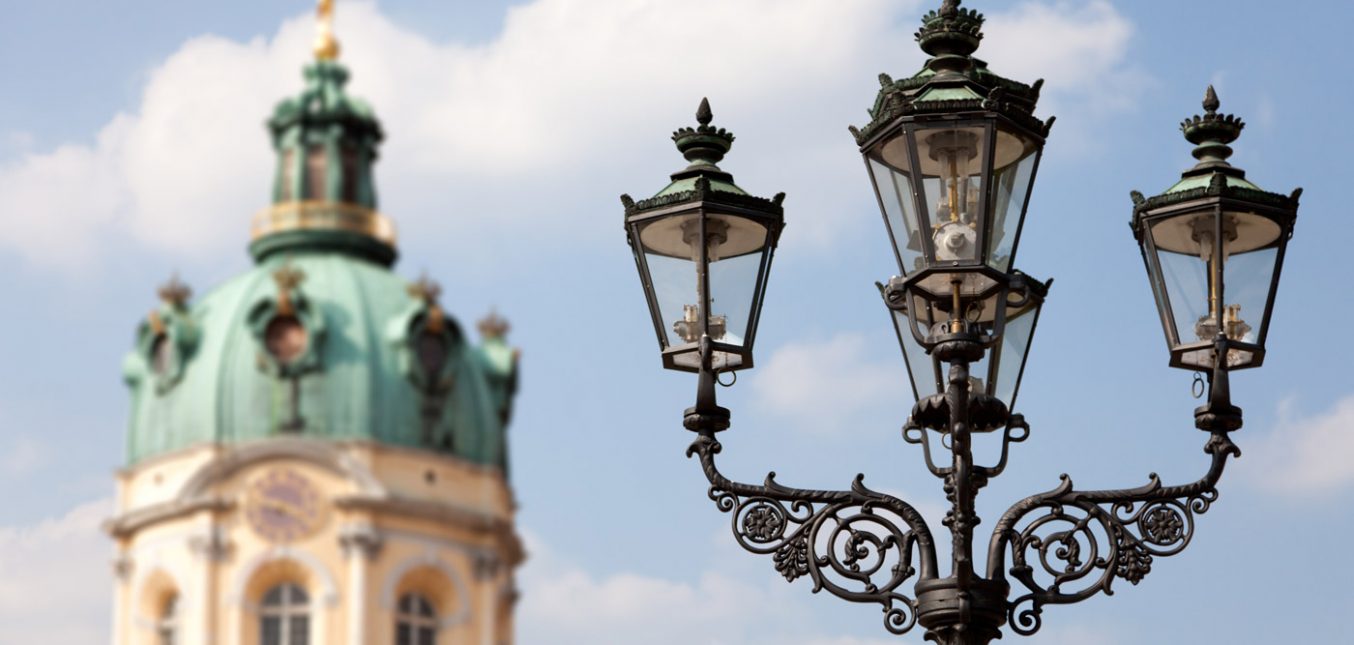As important as LED lighting technology is today, the introduction of the gas streetlight was just as important, if not more so, over 200 years ago. The debut of the gas light was a long time coming. Back in 1417 the mayor of London, England required citizens to hang lamps at night during the winter months. These early lamps often used animal fats, olive oil, or beeswax as fuel.
In 1792, a Scottish engineer named William Murdoch began experimenting with different types of gases to find out which was best to fuel lanterns. He soon discovered that coal gas produced the brightest, most attractive flame.
The coal gas could then be transported through a piping network to the gas lanterns and lit. Murdoch chose his own home to be the first gas light guinea pig. Ten years later, in 1802, he lit the exterior of the Soho Foundry in England, where he worked. It was the first public display of a coal lit streetlight, and the public was impressed, to say the least.
The new gas lighting technology was a huge hit from the start and quickly spread to all the world’s major cities. Whether in London, Berlin, Baltimore, or Paris – everywhere the orange-yellow light shimmered on the evening streets.
In 1807, Pall Mall in London was the first street to be illuminated by gaslight. Baltimore, Maryland’s Market Street followed, and Baltimore became the first U.S. city to use coal gas for streetlights in 1817. And by 1826, the streets of Berlin were aglow. Today, Berlin is the world’s largest gas lighting network with about 25,000 gas lights still functioning.
Gas lighting, while being a giant step towards providing efficient and inexpensive public lighting, had its shortcomings. Without yet having industry regulations and standards, companies that supplied gas often provided poor quality work resulting in leaks and low gas pressure. (Obviously, Maxitrol gas pressure regulators would have come in handy, but Maxitrol’s forerunner – Detroit Regulator Co. — didn’t begin marketing gas pressure regulators until it was incorporated in 1930.)
Today’s remaining gas lights do indeed use gas pressure regulators, and Maxitrol’s RV12LM poppet design regulators are often the manufacturer’s choice. Düsseldorf, Germany even goes a step further, installing a SENTRY GS excess flow valve along with its gas street lamps for additional safety. So, even though Maxitrol wasn’t there at the beginning of the gas light/industrial revolution, as they say, better late than never!





